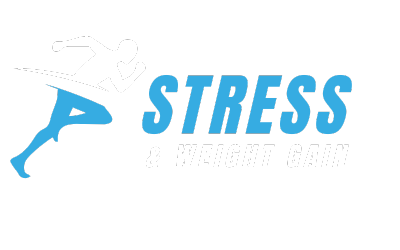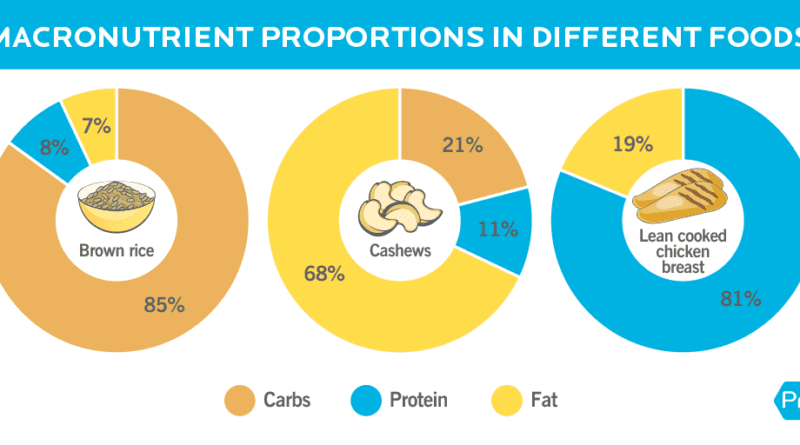Determining Daily Protein Needs: Factors, Calculations, and Macronutrient Ratios
Imagine yourself on a personal journey towards a healthier you, and a crucial pit-stop on this journey is to figure out exactly how much protein your body needs every day based on key factors like your weight, age, and activity levels. In “Determining Daily Protein Needs: Factors, Calculations, and Macronutrient Ratios,” you’ll unravel the mystery of protein intake and how it varies greatly from person to person—whether you’re a fitness enthusiast or leading a sedentary lifestyle—with the National Institutes of Health suggesting a minimum of 0.36 grams of protein per pound of body weight. You’ll learn how to calculate your protein need using tangible figures such as your age, sex, height, weight, and activity level and further know how accurate protein intake can facilitate weight loss, muscle building, or total body recomposition. Details about the application of the Mifflin St. Jeor equation, adjusting calorie counts based on your personal goals, and the breakdown into macronutrient ratios will be prominently featured. Not only that, you’ll explore how to meet your daily protein target through meal planning and protein supplementation, and you’ll find out how to read food labels or utilize online nutritional databases to accurately gauge the protein content in your food. Lastly, we’ll reveal how calculators available on Bodybuilding.com can help you maintain a balance between your protein intake, calorie consumption, and lifting weights, providing you with a holistic approach towards achieving your health goals.
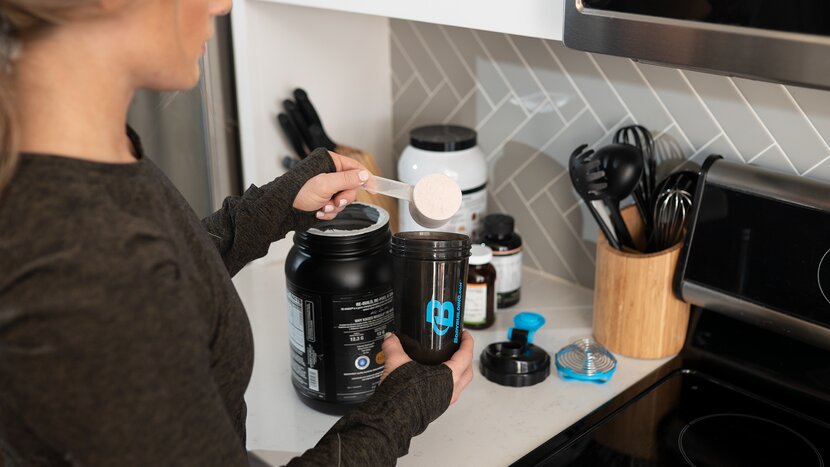
This image is property of www.bodybuilding.com.
Buy Our Detailed Guide On Protein Needs
Understanding Protein
Let’s start our journey into protein by understanding what it is and why it’s so essential. Protein, one of the three main macronutrients, plays a crucial role in the body. It serves as the building blocks for our bones, muscles, skin, and blood. Beyond that, it also aids in the repair and creation of our body’s tissues.
The Role of Protein in the Body
Protein has multiple roles and isn’t just focused on one task. Aside from being the building blocks of our body, they also play an integral part in our body’s operation. Enzymes, antibodies, and many hormones are proteins that conduct essential biological functions.
Why Protein is Essential
Protein is not just something fitness enthusiasts need to concern themselves with—it’s vital for everyone. This macronutrient is integral to the body’s growth, maintenance, and repair. Without adequate protein, our bodies cannot function correctly or maintain their structure.
Determining Your Daily Protein Needs
Next, we’re going to understand how you can determine your daily protein needs. It’s a process that involves taking into account many individual factors.
Importance of Individual Factors
Several individual factors can affect the amount of protein you need each day. These include your weight, age, fitness goals, and how physically active you are. So, it’s not a one-size-fits-all scenario—the amount of protein you need can significantly differ from someone else’s needs.
Calculating Your Protein Needs as per Your Body Weight
A good starting point to determine your protein needs is to use your body weight. The National Institutes of Health recommend a basic guideline of 0.36 grams of protein per pound of body weight.
Standard Recommendations & Variances
Although this recommendation provides a basic guideline, it should be noted that this is suggested for sedentary individuals. If you lead a more active lifestyle or engage in rigorous workouts, you may need to even double this intake.
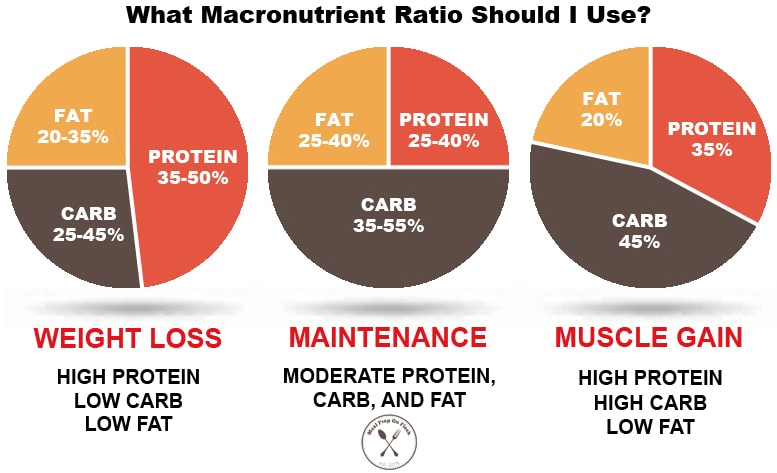
This image is property of mealpreponfleek.com.
Grab Your Copy Of The Complete Protein Guide
Age and Protein Requirements
Your age is another factor that can affect protein requirements. Let’s delve into how that works.
How Age Affects Protein Requirements
As a person ages, their protein requirements can change. Older adults, for example, may need more protein to prevent muscle loss associated with aging, also known as sarcopenia.
Recommended Protein Intake for Different Age Groups
Recommended protein intake can vary significantly depending on age, with different recommendations for children, adolescents, adults, and older adults. Always consult with a healthcare professional to ascertain your specific protein needs based on your age.
Effect of Physical Activity on Protein Needs
Another crucial factor in determining protein needs is the level of physical activity.
Protein Needs for Sedentary vs. Active Individuals
Sedentary individuals require less protein than those who are active. If you exercise regularly or have a physically demanding job, you will need more protein to repair and build muscles.
Determining Protein Needs Based on Type of Physical Activity
The type of activity also matters. Resistance and strength training workouts require more protein intake for muscle repair and growth compared to less strenuous exercises like walking or light yoga.
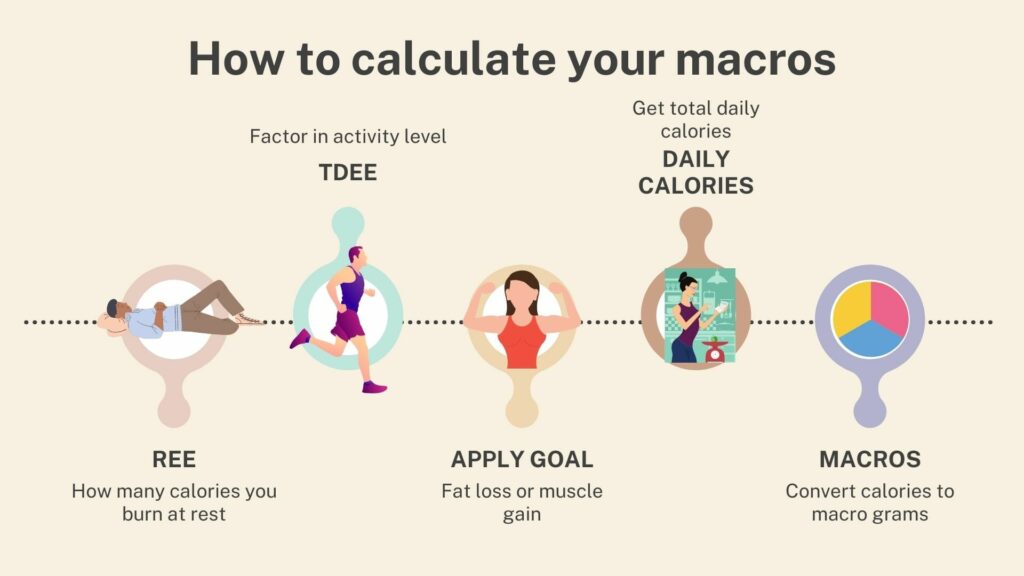
This image is property of healthyeater.com.
Fitness Goals and Protein Consumption
Next, let’s explore how fitness goals can affect your protein needs.
Protein for Weight Loss Goals
If you’re trying to lose weight, protein can help by making you feel fuller after meals, which can help reduce overeating. Additionally, a high-protein diet can help maintain muscle mass while losing fat, leading to a healthier body composition.
Protein for Muscle Gain Goals
If muscle gain is your goal, having a protein-rich diet is essential. Consuming an adequate amount of protein, coupled with strength training, helps stimulate muscle protein synthesis—the process by which the body produces new muscle tissue.
Protein for Body Recomposition Goals
For body recomposition—losing fat and gaining muscle simultaneously—protein is essential, too. It can help maintain and grow muscle mass while you lose fat, achieving a more desired body composition.
Calculating Protein Intake with Mifflin St. Jeor Equation
When calculating protein needs, the Mifflin St. Jeor equation can be very valuable.
Understanding the Mifflin St. Jeor Equation
The Mifflin St. Jeor equation calculates your basal metabolic rate (BMR)—the number of calories your body needs to perform basic functions. By knowing your BMR and accounting for your activity level, you have a solid foundation to calculate your protein needs.
Steps to Calculate Protein Need with Mifflin St. Jeor
To calculate your protein need with Mifflin St. Jeor, you first calculate your BMR and then multiply it depending on your activity level. The resulting calorie count is then adjusted based on your goal—whether you want to lose, maintain, or gain weight—and broken down into macronutrient ratios.
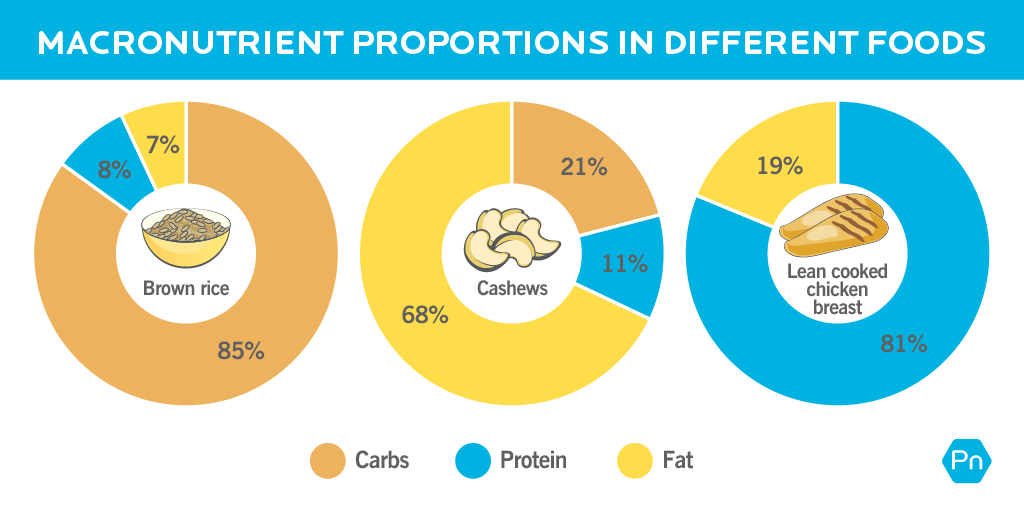
This image is property of assets.precisionnutrition.com.
Adjusting Protein Intake for Macronutrient Ratios
Once you have an idea of the calories you need, you then work out your macronutrient ratio.
Importance of Macronutrient Ratios
Macronutrient ratios are the proportions of proteins, carbohydrates, and fats that make up your total calorie intake. These ratios are important because they can help you achieve your fitness and health goals more effectively.
How to Adjust Protein Intake within Macronutrient Ratios
Adjusting protein intake within your macronutrient ratio depends on your fitness goal. For instance, a typical macronutrient ratio for weight loss might be 40 percent protein, 30 percent fat, and 30 percent carbs, while someone who wants to gain muscle might adjust this to 30 percent protein, 40 percent carbs, and 30 percent fats.
Meeting Your Daily Protein Target
Once you’ve worked out your protein needs, the next step is to meet those needs.
Protein Distribution throughout the Day
A healthy protein intake isn’t just about the total amount you eat in a day—it’s also about the distribution. Consuming 20-40 grams of protein per meal through three to four meals can help ensure your body has a steady supply of amino acids to aid in muscle repair and growth.
Protein Sources and Meals
There is a multitude of food sources that are high in protein. These include lean meats, fish, eggs, dairy products, legumes, and many plant-based foods like quinoa, nuts, and seeds.
Supplements to Meet Protein Targets
If you’re finding it hard to meet your protein targets through food alone, supplements can be helpful. Protein powders or ready-to-drink protein shakes can help you achieve your daily goal.

This image is property of mealpreponfleek.com.
Calculating Protein in Foods
To be sure you’re getting the right amount of protein, you need to know how to calculate the protein in your food.
How to Read Food Labels for Protein Content
Food labels can provide critical information about protein content. It’s important to look at the ‘Per Serving’ section and not just ‘Per 100g’, to be sure you’re calculating your intake accurately.
Weighing Food and Using Nutritional Databases
Another way to calculate protein in foods, especially for whole foods that don’t come with a label, is to weigh your food and use online nutritional databases. These databases contain information about the protein content of a wide range of foods, and can be a handy tool in planning your meals.
Additional Factors to Consider
Along with your protein intake, there are other factors to consider that could affect your nutritional needs.
Calorie Intake and Protein Needs
Your overall calorie intake also plays a crucial role in determining your protein needs. If you consume fewer calories than your body needs (a calorie deficit), you would need to ensure adequate protein intake to prevent muscle loss. Conversely, if you’re consuming more calories (a calorie surplus), it allows for higher protein synthesis rates, leading to muscle growth.
Lifts’ Max Weight and Protein Consumption
The more weight you lift, the more muscle you will build, and therefore the higher your protein needs will be. If you’re performing high-intensity resistance training, your protein needs would be higher than someone doing light or moderate intensity workouts.
Use of Online Calculators for Bodybuilding
Online calculators available on sites like Bodybuilding.com are handy tools that can help determine your protein needs, considering all your individual factors like age, weight, activity level, and fitness goals. Remember though, these are only tools and should not substitute professional advice.
Cracking the protein code might seem complex initially, but once you understand the basic factors affecting protein needs and how to calculate them, it becomes a walk in the park. Always have your goals in mind, consider individual variabilities, and most importantly, enjoy your journey towards a healthier, fitter you.
Purchase This Informational Report On Determining Protein Needs
